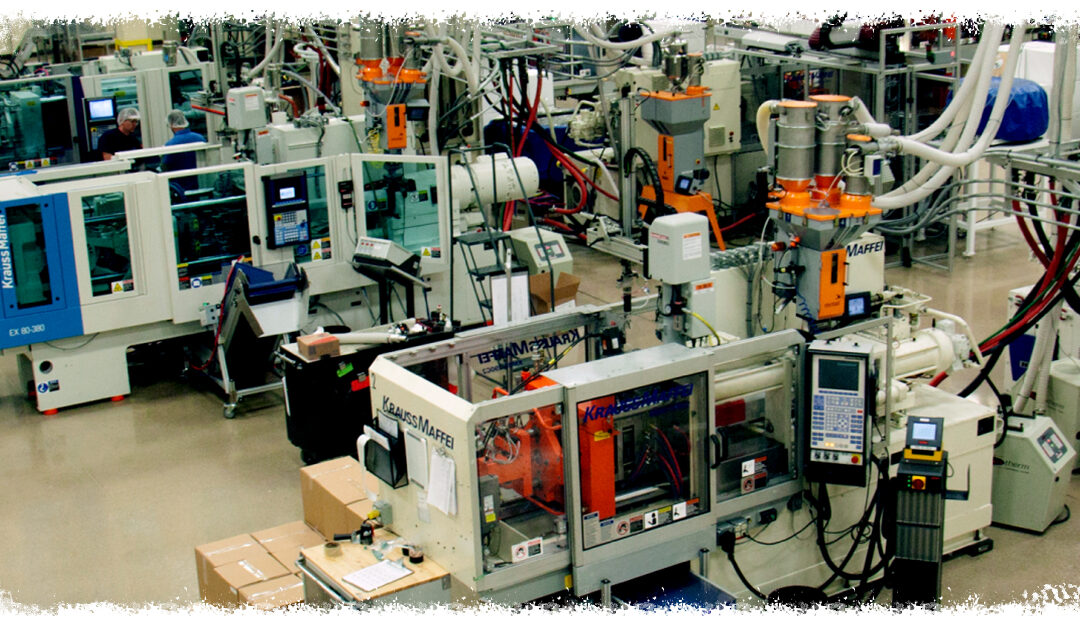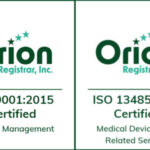Injection pressure is a key variable in injection molding because it takes a significant amount of pressure to mold thermoplastic parts.
LINCOLN, NEBRASKA, USA, November 3, 2022 /EINPresswire.com/ — Injection pressure is a key variable in injection molding. This is because it takes a significant amount of pressure to mold thermoplastic parts. Modern injection molding machines are capable of 30,000-40,000 psi injection pressure. The amount of pressure required to injection mold a part depends on many variables such as polymer grade, part geometry, runner system, tool temperature, polymer flow rate, etc.
Why do we need so much pressure? Molten thermoplastic polymers are viscous materials – this means that they will resist flowing due to internal friction. You can think of this as the difference between water and honey – honey is more viscous than water and is more difficult to flow. As an injection mold is filled through the sprue, runner, and cavity this resistance to flow builds and thus the injection pressure must also increase to maintain the same polymer flow rate. For a Scientific Molding Process, it is vital that the injection molding machine has sufficient injection pressure to maintain the desired polymer flow rate during the filling stage. At HTI Plastics we monitor Fill Time on every cycle to ensure that the polymer flow rate is controlled.
Once the filling stage is complete the injection molding machine will automatically switch over to the packing stage of our Scientific Molding Process. During the packing stage the machine controls injection pressure rather than flow rate.
Packing at a controlled pressure allows the polymer flow rate to slow down as the cavity becomes full. Once the cavity is full the pack pressure will continue to slowly flow more material to the cavity to account for volumetric shrinkage as the polymer cools and solidifies. When developing an injection molding process, a person must be aware that molten polymers are compressible so there is pressure loss from the machine nozzle to the end of the cavity. Generally, the pack pressure setting is around half of the peak injection pressure that was observed during the fill stage, but it is unique to each molding process. A pack pressure setting too low may result in short shots or voids and too high may result in flash. At HTI Plastics we select a pack pressure profile that is optimized to handle the ebbs and flows of long-term production.
– Tyler Williams, Sr. Engineer


